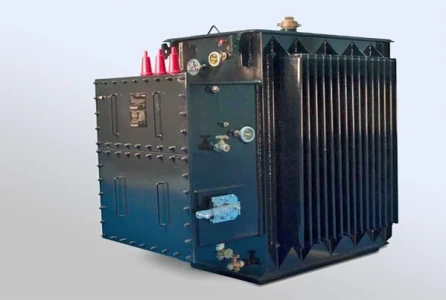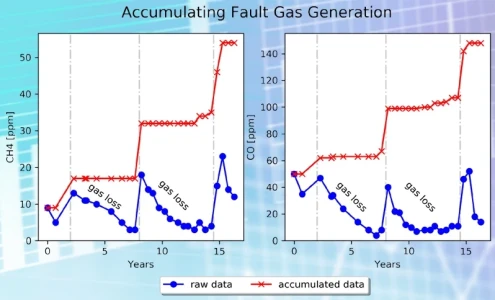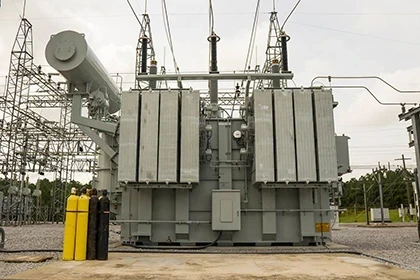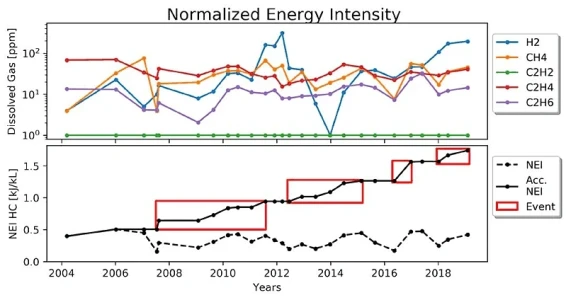Power Transformers Health Check

Power transformers are static electric machines used to step-up or step-down voltage in electric power applications. The capital cost of a power transformer in the range of 100MVA can be $1M or more and by the time it is under operation, the price is increased. The average age of installed large power transformers (LPTs) in the United States is approximately 45 years, with 70 percent of LPTs being 30 years or older. The lead time of LPTs can vary from 1 year to 2 years. Many transformers are approaching the end of their technical life and most have reached the end of their financial life. While the life expectancy of a power transformer varies depending on the design and how it is used, aging power transformers are subject to an increased risk of failure.
The challenge facing today’s power industry, especially during the COVID-19 era, is in leveraging the most out of existing assets without reducing customer service. The funds for replacing the assets may be subjected to adjustment which can cause delays in new installations or refurbishment. This requires the asset owners, operations, and maintenance to fully understand the condition of old and often highly loaded LPTs.
There have been several analogies associated with the human body in the electrical and mechanical world. As an example, the human body is like an engine that continuously generates large quantities of heat, and its radiator disperses heat least effectively in hotter climes. It is likely that most of the readers of this article have personal experience with basic human body diagnostics and are familiar with some of the health tests. I have used the analogy of human test to explain or teach power transformer diagnostics and it has been a success. Here I try to provide a summary of using the human analogy for diagnostics of power transformers.
The objective of this article is to help younger engineers, non-engineers, and others in the energy sector who do not have extensive background on power transformers to understand the importance of the diagnostics and testing concepts used for power transformers condition assessment. It is not meant to explain the details of the diagnostic tests; rather giving a high-level introduction.









